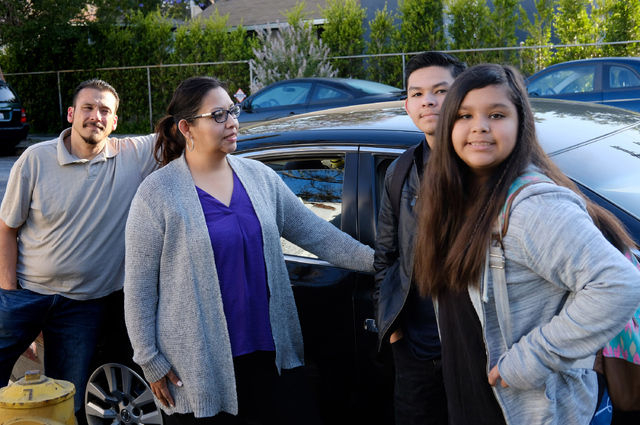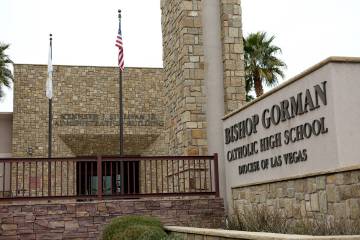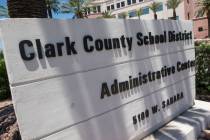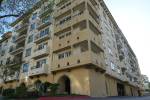As charters grow, US public schools see sharp enrollment drop
LOS ANGELES — Standing before the Los Angeles Unified School Board, Susan Zoller delivered a startling assessment: More than 100,000 students in the nation’s second-largest district were now enrolled in charters, draining more than $500 million from the budget in a single academic year.
“The financial future of Los Angeles is difficult,” said Zoller, a consultant hired by the district’s union. Board member Richard Vladovic leaned anxiously toward his mic.
“We are bleeding,” he said.
If current trends continue, the district could be significantly diminished in another 10 years — at least a third smaller than at the start of the century.
In financially struggling urban districts from LA to Philadelphia — and most notoriously, Detroit — the increasing popularity of charter schools, combined with family flight to the suburbs and declining birth rates, have caused enrollment to plummet. The changes have unfolded slowly for years and recently accelerated in some places.
“It’s come to a tipping point for many of these districts like Detroit,” said Ron Zimmer, an education professor at Vanderbilt University. “They just can’t finance their school district that was meant for a much bigger enrollment than they currently have.”
SMALL BEGINNING
Charter schools arrived in the 1990s and began attracting parents searching for an alternative to big-city districts that had strained for years to raise performance among minority and low-income students and those who are learning English.
More than two decades later, charter enrollment continues to climb. Nationwide, more than 2.6 million students attended charter schools in 2014, according to the National Alliance for Public Charter Schools.
In districts with growing student populations, such as Las Vegas and Orlando, Florida, that growth helps ease potential overcrowding.
But in cities like Los Angeles, where the school-age population has been shrinking, the continued flight from traditional public schools has become a mounting concern. In most states, schools receive funding on a per-pupil basis, and the majority of those dollars follow students when they leave for a charter.
Charter school advocates say it’s only fair for local and state property tax dollars to follow children to the new schools, and that parents aren’t to blame for a district’s failing finances.
“To the extent the district is not serving the needs of their students, this has been a trend line for some time,” said Nina Rees, president of the National Alliance for Public Charter Schools, a nonprofit advocacy group.
District leaders contend that even with fewer students to educate, they still have a range of fixed costs. Ultimately, they say, the funding decline affects programing for students still at traditional public schools, who often face the steepest challenges.
If Los Angeles schools are no longer able to function as a district, “there is going to be collateral damage,” said Steve Zimmer, president of LA Unified’s school board. And the damage “will be to those children and families who are the most vulnerable.”
PROBLEMS IN DETROIT
The issue surfaced recently when nearly all of Detroit’s public schools were closed and more than 45,000 students missed classes for two days after about half of teachers called out sick to protest the possibility that some wouldn’t get paid over the summer if the district ran out of cash.
The number of students enrolled in Detroit public schools has dropped dramatically since the 1990s, fueled by the flight of a quarter million city residents, abysmal graduation rates, financial mismanagement and corruption. In 2002, the district had 156,000 students. This year, that number was 46,000 — a 70 percent decline.
Detroit is unique in the severity of its financial struggles, but isn’t alone in its enrollment troubles.
Kansas City schools, which once educated more than 70,000 students, now enroll about 15,000. Los Angeles had almost 674,000 students enrolled in district-run schools in the 2006-07 school year, compared with about 542,000 in 2014-15, a nearly 20 percent decline. Enrollment in traditional Chicago public schools has declined by nearly 85,000 students in the last decade.
Some charter advocates believe the resulting fiscal strain will eventually have a positive effect by pushing districts to be more competitive and provide better services. Yet there’s no clear evidence of that. One study found greater school choice did not significantly influence school effectiveness and put more financial pressure on schools with the steepest educational challenges.
Others also question how much charters are ultimately responsible for woeful district finances, pointing instead to other factors such as rising pension and health care costs, inflexible staffing allocations and low state funding.
TOUGH DECISIONS
Faced with the prospect of continuing declines, many districts are making difficult decisions.
The Philadelphia district has closed more than 30 schools and reduced 20 percent of its staff since 2012. While the district is expected to end this year with a 4.8 percent surplus, a $603 million deficit is projected by 2021, Superintendent William Hite said.
Districts are also drumming up public-relations campaigns in an attempt to draw families back to traditional public schools. At a recent meeting, the LA Unified board passed a resolution to increase the number of seats in magnet schools and highlight successful district-run schools.
Los Angeles parent Lisette Duarte is debating where to enroll her 11-year-old daughter. Her 16-year-old son already attends a charter school with many benefits she doesn’t see at their neighborhood school: a small learning environment, extra-curricular activities and close attention from teachers. Her daughter, by contrast, is struggling in a low-performing school with a large English learner population, she said.
“It makes me really sad when I hear about parents who are still struggling,” she said. “We were that family struggling” in Los Angeles public schools.






























